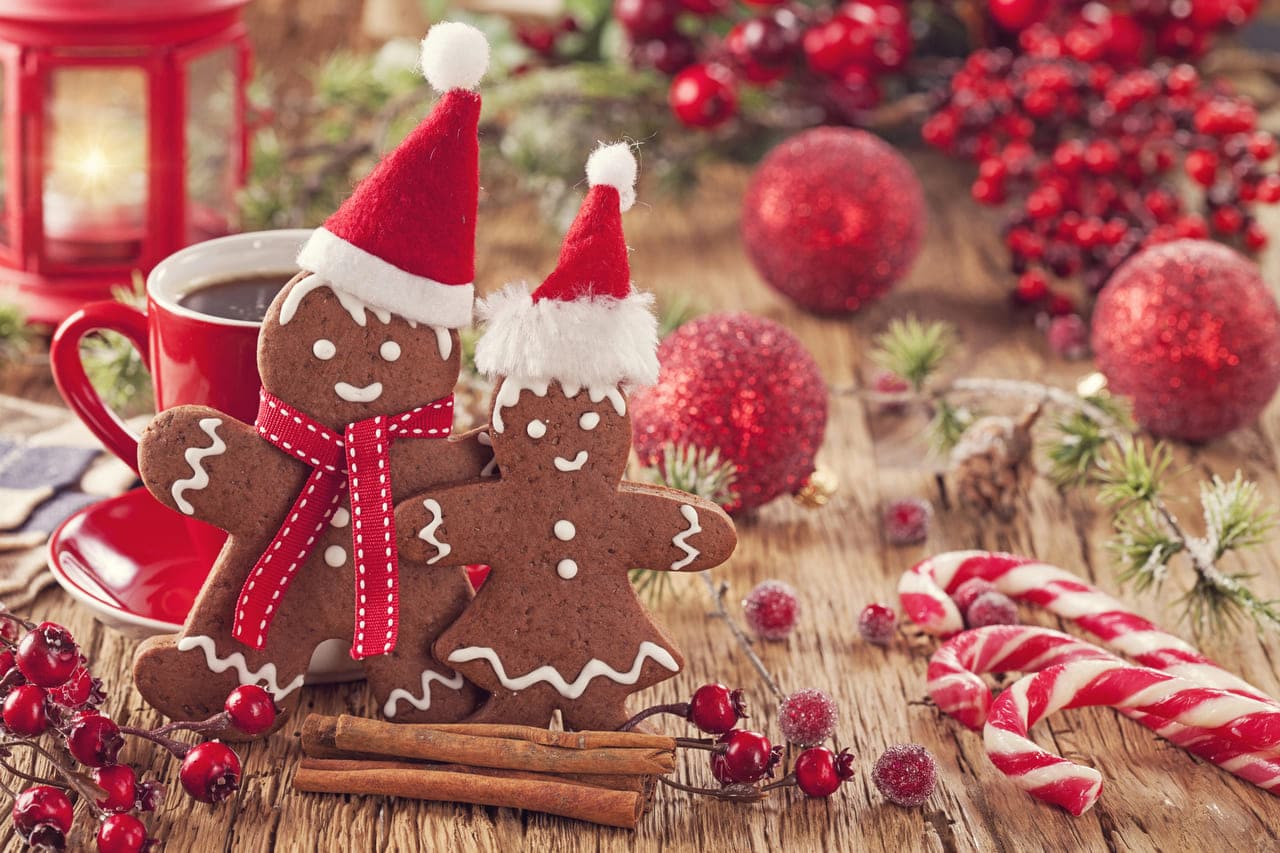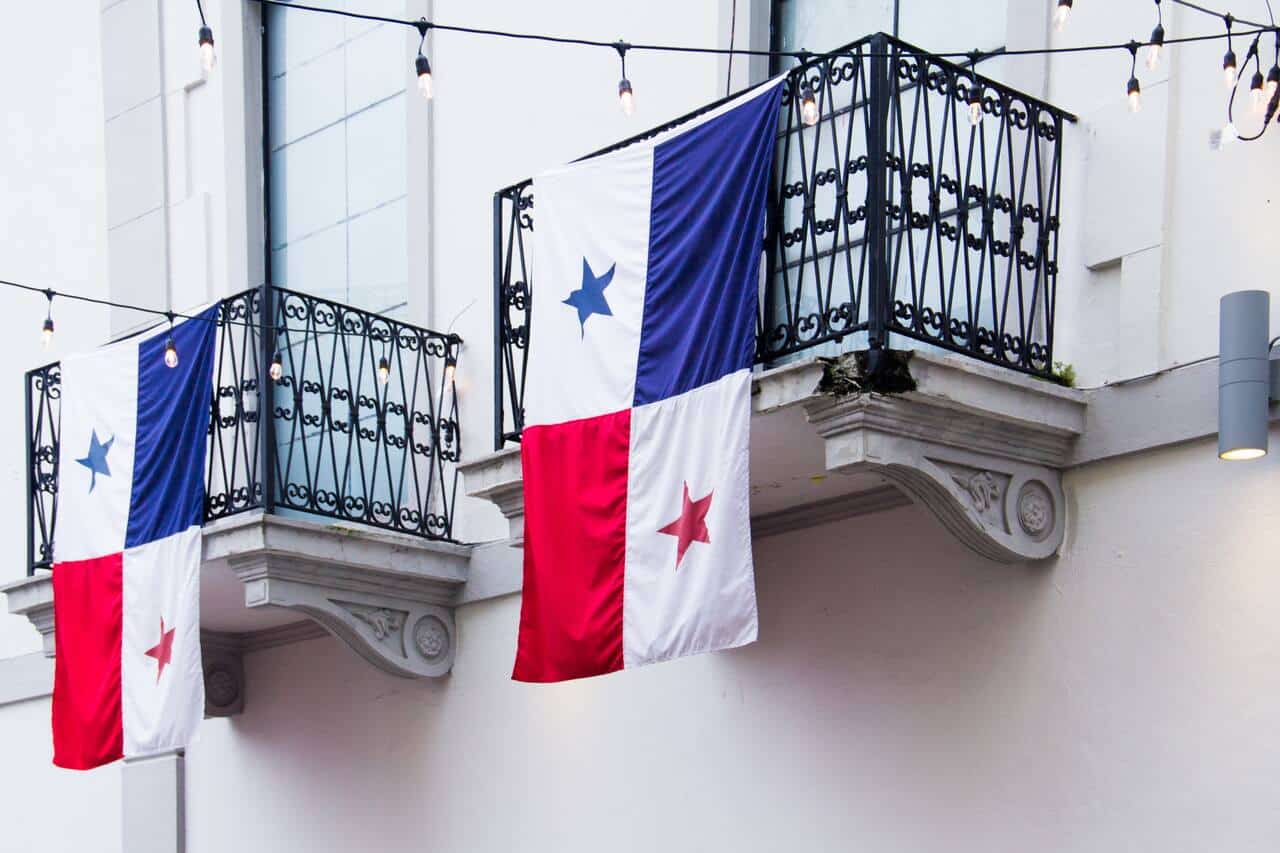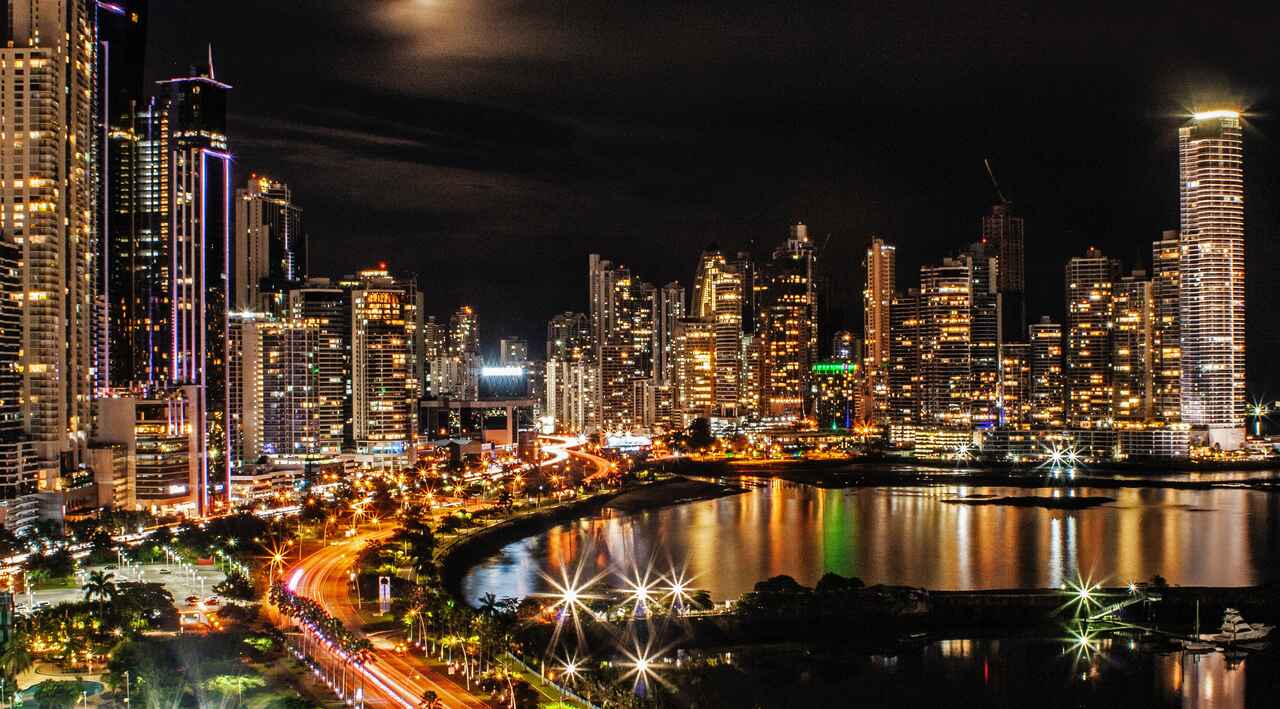
Must-See Traditions in Panama
DATE:
Did you know that Panamá, famed for its iconic canal, is also a land brimming with rich cultural traditions? This Central American gem stands out as a vibrant mosaic of history, art, and customs, all converging to create a uniquely diverse and colorful heritage. From the pulsating rhythms of traditional music to the vibrant festivities that light up its streets, Panama’s cultural landscape is as varied as it is enchanting.
Each tradition tells a story, weaving together the threads of indigenous, African, and Spanish influences into a rich tapestry. In this article, we will embark on a journey through Panama’s heart, exploring the unique customs, celebrations, and practices that make this country a captivating and multifaceted destination for cultural enthusiasts and travelers alike.
What are some of the traditions in Panama?
Festivals and Celebrations
The most famous festivals in Panama include the Panamanian Carnival, Festival de la Mejorana in Guararé, and the Sea Fair in Bocas del Toro.
Panamanian Carnival
Celebrated with grandeur in Villa de los Santos and Las Tablas, the Panamanian Carnival is a riot of music, dance, and colorful parades, culminating before Ash Wednesday. It’s known for its lively atmosphere, elaborate costumes, and the unique tradition of ‘Culecos’ (water trucks) that refresh the spirited crowds.
Festival de la Mejorana in Guararé
Held in September, this festival honors Panama’s folk music and dance traditions. Featuring contests in traditional singing and dancing, exhibitions of folkloric attire, and handicraft displays, it’s a testament to Panama’s dedication to preserving its rich folk heritage.
Sea Fair in Bocas del Toro
This coastal celebration in the stunning Bocas del Toro archipelago highlights Panama’s maritime culture. It includes boat races, seafood cook-offs, and traditional Afro-Caribbean music, reflecting the unique cultural blend of the region.
Ancestral Traditions
Ancestral traditions in Panama, particularly prominent in Bocas del Toro and the central provinces, are living reflections of the country’s deep-rooted history. Key traditions include:
Guna Yala’s Mola Art
Originating from the Guna Yala region, mola art is an intricate textile craft, known for its vibrant colors and complex designs. These hand-sewn creations are more than just textiles; they are a visual narrative of the Guna people’s culture and beliefs.
Emberá’s Wood Carvings
The Emberá community, renowned for their skilled wood carving, creates pieces that are deeply symbolic, reflecting their connection to nature and ancestral stories. These carvings are not merely artistic expressions but are integral to the preservation of Emberá cultural heritage.
Traditional Fishing and Agriculture
In these regions, fishing and farming practices, passed down through generations, illustrate a harmonious and sustainable relationship with the land and sea, underscoring the importance of environmental stewardship in Panamanian culture.
Corpus Christi Festival Dances
The Corpus Christi Festival in La Villa de Los Santos is famous for its traditional dances, such as Diablicos Sucios and Montezuma. These dances, rich in symbolism and history, are a celebration of Panama’s spiritual and cultural diversity.
What are 5 interesting facts about Panama?
Panama is not just a crossroads of oceans and cultures but also a land of fascinating contrasts and achievements. Here are five compelling facts about this unique country:
- The Panama Canal: An engineering marvel, the Panama Canal connects the Atlantic and Pacific Oceans, revolutionizing global maritime trade.
- Biodiversity: Panama is a biodiversity hotspot, rich in unique flora and fauna, offering a paradise for nature lovers.
- Cultural Blend: Influences from indigenous groups, African heritage, and Spanish colonial history create Panama’s unique cultural identity.
- Economic Hub: Panama City, the bustling capital, is a mix of modernity and history, reflecting the country’s rapid economic growth.
- Unique Geography: Panama is the only country where you can see the sunrise on the Pacific and sunset on the Atlantic, thanks to its unique east-west orientation.

What is the traditional dress of Panama?
The traditional dress of Panama, known as the Pollera, is much more than just an outfit—it’s a symbol of national pride and a testament to the country’s rich cultural heritage. This exquisite garment, typically worn during festivals and special occasions like the Pollera Festival in Las Tablas, represents the pinnacle of Panamanian craftsmanship.
Each Pollera is a unique creation, often taking months or even years to complete. They feature intricate embroidery, lace, and appliqués, often adorned with vibrant colors and floral motifs. The Pollera is usually paired with elaborate headpieces called ‘tembleques,’ which are handmade from beads and feathers, adding to the outfit’s elegance and flamboyance. Wearing a Pollera is not just about donning a costume; it’s about embodying the spirit of Panama’s traditions, its history, and its artistic creativity. It’s a cherished aspect of Panamanian identity, celebrated and revered by people across the country.
What is a traditional food in Panama?
When it comes to traditional Panamanian cuisine, the diversity of its culture shines through in its food. One iconic dish is the Sancocho, a hearty chicken stew that’s a staple in Panamanian households. Made with locally sourced ingredients like ñame (a type of root vegetable) and culantro (a herb similar to cilantro), Sancocho is not just a meal; it’s a comforting symbol of home cooking.
Another must-try is the famous Ceviche, a dish that reflects Panama’s rich seafood heritage. Prepared with fresh fish marinated in lime juice and spiced with onions and peppers, this dish is a perfect representation of Panama’s culinary fusion.
|
Spanish |
English |
Grammar Function |
|---|---|---|
|
Sancocho |
Chicken, ñame, culantro |
A hearty stew, symbolizing home comfort |
|
Ceviche |
Fish, lime, onions |
Fresh, tangy seafood delicacy |
|
Tamal de Olla |
Corn dough, meat, vegetables |
A savory, baked cornmeal dish |
|
Ropa Vieja |
Shredded beef, vegetables |
Flavorful, slow-cooked beef dish |
|
Arroz con Pollo |
Rice, chicken, vegetables |
A classic, comforting rice dish |

The Rich Tapestry of Panamanian Music and Dance
Music and dance in Panama are not just forms of entertainment but are deeply intertwined with the country’s cultural identity and history. Let’s explore some of the key music and dance genres that define Panamanian culture:
- Salsa: Salsa music, with its lively rhythms and energetic beats, is a staple in Panama’s musical landscape. This genre, a blend of Caribbean, African, and Latin American influences, is not just a sound but a movement, often accompanied by spirited dance that brings communities together.
- Reggae: Panamanian reggae, distinct from its Jamaican counterpart, has a unique style and beat. It reflects the country’s Afro-Caribbean heritage and is particularly popular among the youth, often addressing social and political themes in its lyrics.
- Tipico (Traditional Music): Tipico, the traditional music of Panama, is characterized by its use of accordions, guitars, and percussion. It’s a genre that tells stories of the land, its people, and their traditions, resonating with the soul of the nation.
- Tamborito: Perhaps the most iconic of Panamanian dances, Tamborito is a blend of African and Spanish influences. Performed in traditional costumes, this dance involves rhythmic drumming, clapping, and singing, creating a vibrant and communal celebration of Panamanian heritage.
- Cumbia: Cumbia in Panama is both a music and dance style, distinguished by its rhythmic patterns and folkloric roots. It’s a genre that captures the essence of Panama’s diverse cultural influences and is often a centerpiece at festivals and celebrations.
- Jazz and Rock: Influenced by international trends, jazz and rock music have also found their place in Panama’s urban areas, showcasing the country’s openness to global musical influences while maintaining its unique cultural identity.
These music and dance forms are not just expressions of artistic talent but are also vehicles for storytelling, preserving history, and celebrating the diverse fabric of Panamanian society. They are a testament to how Panama has woven various cultural threads into a rich and dynamic tapestry of sound and movement.
DID YOU KNOW…?
In Panama, the concepts of family and community hold a central place. Festivities and traditions are often family-oriented, with generations coming together to celebrate and uphold their cultural heritage. This emphasis on familial bonds and community spirit is a defining characteristic of Panamanian society.
Embracing Panamanian Culture with SpanishVIP
Panama’s rich tapestry of traditions, from its colorful festivals to its mouth-watering cuisine, offers a glimpse into a world where culture is celebrated with fervor. Whether you’re dancing to the vibrant beats of Tamborito or savoring the flavors of Sancocho, Panama’s traditions are a testament to its diverse and dynamic character.
As you explore these cultural gems, consider deepening your connection with Panama’s heritage through language. SpanishVIP, with our team of Dedicated Teachers and Student Success Advisors, offers an immersive experience to learn Spanish. Embrace Panama’s traditions in their authentic linguistic form, starting with a free 1:1 class or enjoy free 7 days of group classes with SpanishVIP, your gateway to understanding and appreciating the rich culture of Panama.











